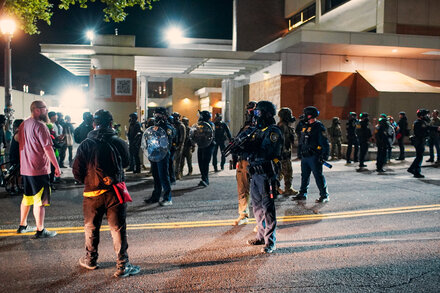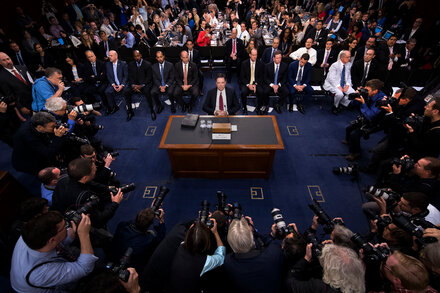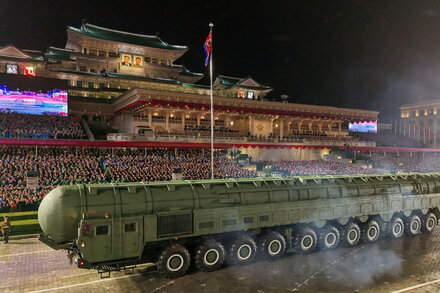A forthcoming report reveals federal officers privately assessed Portland’s ongoing protests as “low energy” shortly before the Trump administration controversially deployed agents there. This internal evaluation raises questions about the public justification for the July 2020 federal intervention.

A forthcoming report from The New York Times indicates that federal officers privately assessed the ongoing protests in Portland, Oregon, as “low energy” shortly before the Trump administration ordered the deployment of federal agents to the city. This revelation suggests a potential disparity between internal evaluations and the public rhetoric used to justify the federal intervention in July 2020.
The deployment of federal personnel, primarily from the Department of Homeland Security (DHS), including agents from U.S. Customs and Border Protection (CBP) and the Federal Protective Service (FPS), sparked significant controversy. The Trump administration asserted that federal agents were necessary to protect federal property, such as the Hatfield U.S. Courthouse, and to restore order amid nightly demonstrations that had sometimes turned confrontational.
Local and state officials, including Portland Mayor Ted Wheeler and Oregon Governor Kate Brown, largely opposed the federal presence, arguing it escalated tensions and infringed on local autonomy. They contended that federal agents, often identifiable only by generic camouflage uniforms, were operating without proper coordination with local law enforcement and were using aggressive tactics against protesters.
Context of the Portland Protests





